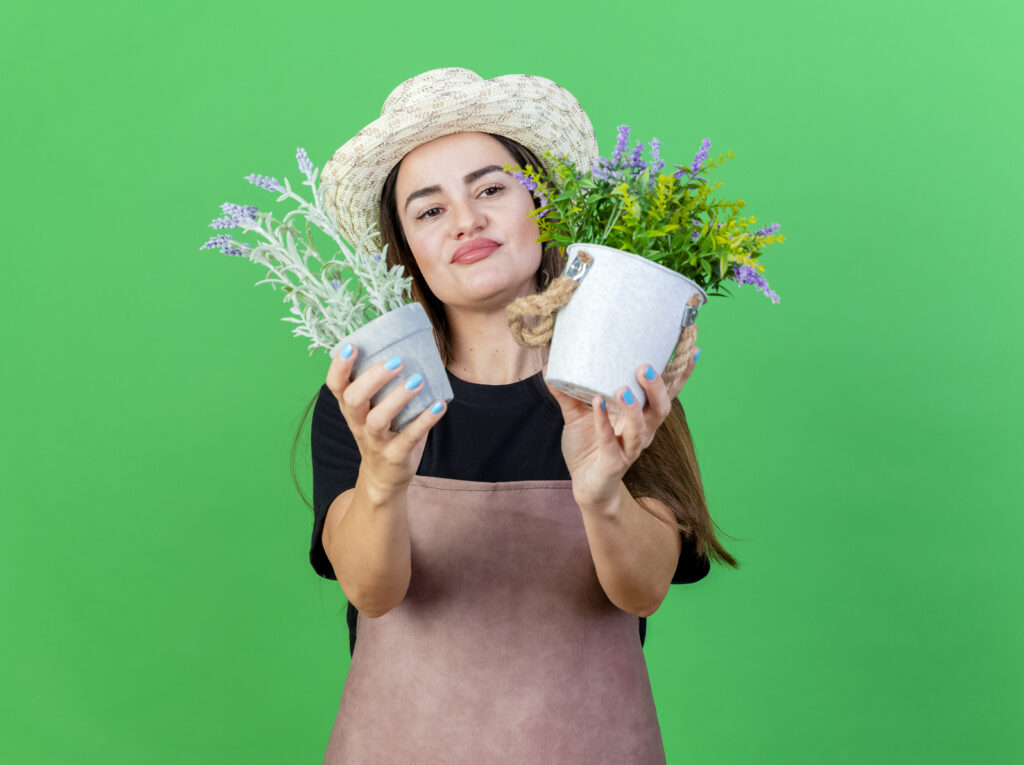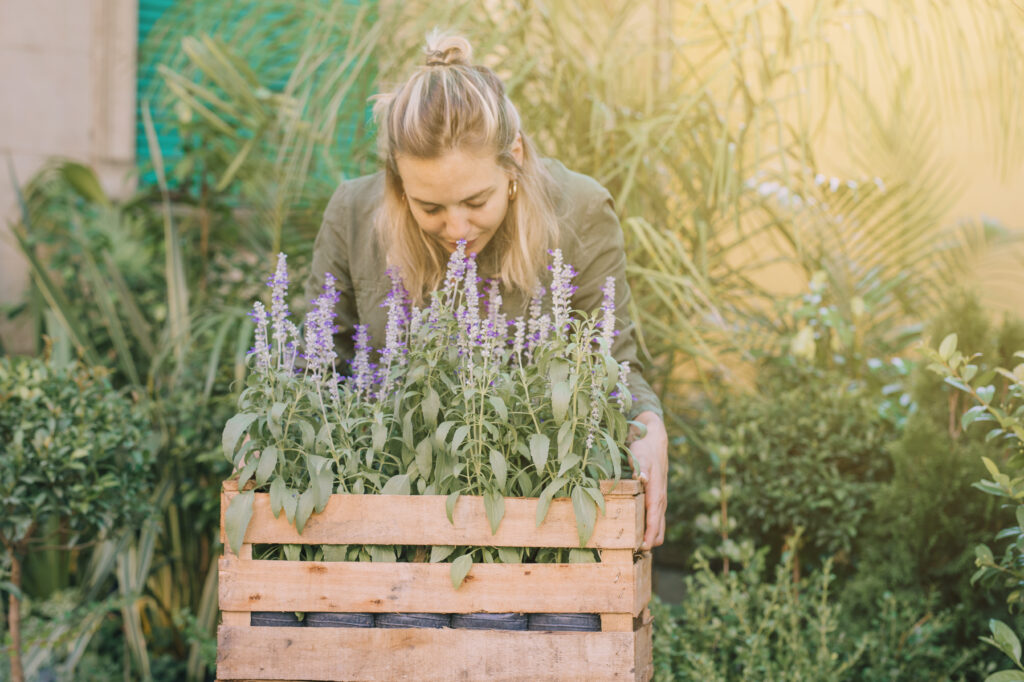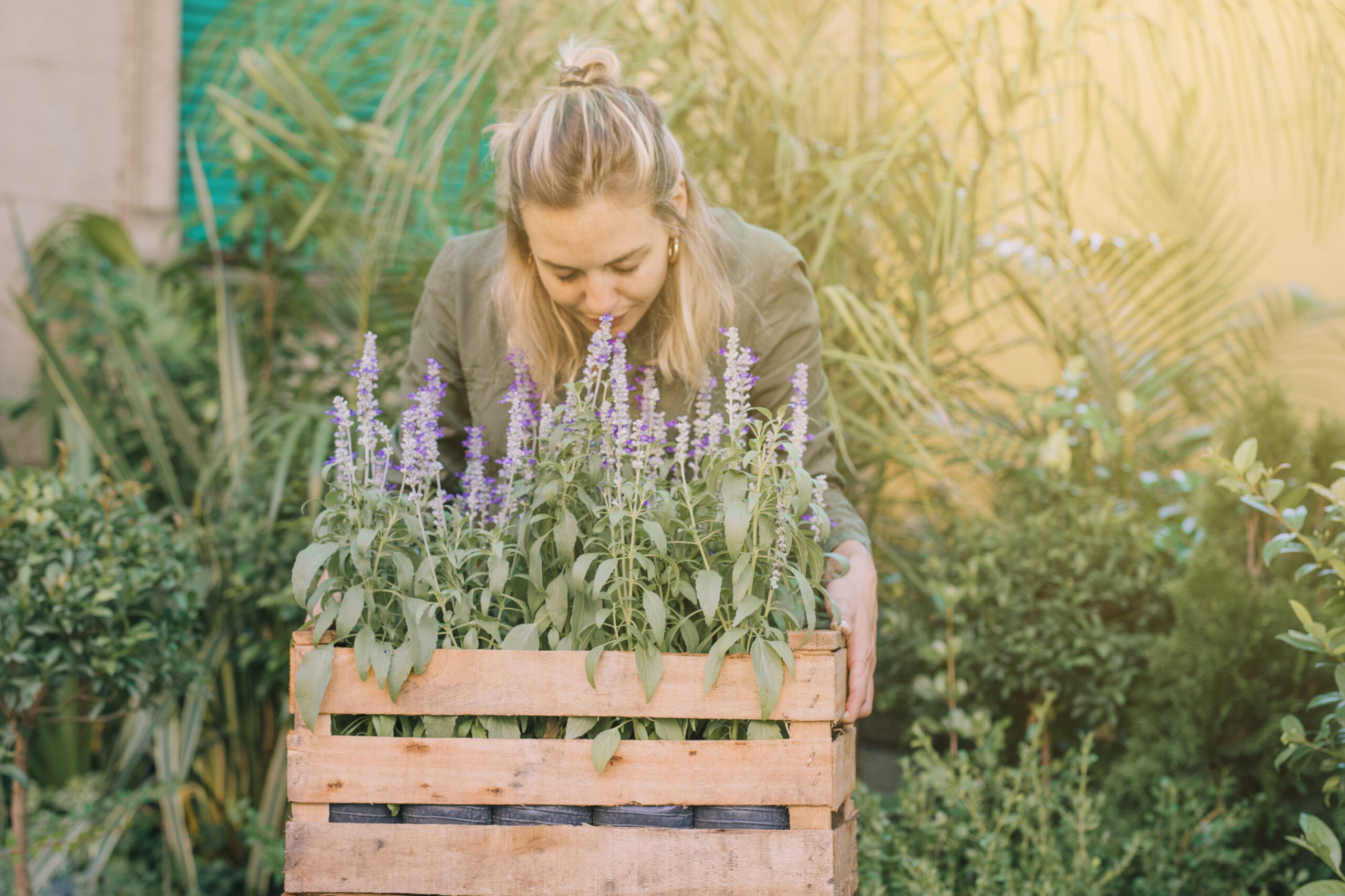
Growing your own herbs at home is a fun and rewarding way to add flavor to your meals. It’s a great hobby for anyone, whether you’re just starting out in gardening or you’re an experienced gardener. In this guide, we’ll show you how to grow herbs at home, from choosing the right plants to simple care tips that help your herbs thrive.
Why Grow Herbs at Home?
Herbs are some of the easiest plants to grow at home. Not only do they make your cooking more delicious, but they also offer health benefits. Fresh herbs can be used in teas, oils, and even as natural remedies. Growing herbs at home also saves money, reduces your environmental impact, and gives you easy access to fresh ingredients all year round. Whether you have a small apartment or a large backyard, growing herbs is possible for everyone.
What You Need to Get Started
Before you begin, it’s essential to gather the tools and supplies you’ll need:
- Herb Seeds or Seedlings: Choose your herbs. Basil, mint, rosemary, parsley, and oregano are popular choices.
- Containers or Pots: If you plan to grow herbs indoors, ensure you have pots with drainage holes. Outdoor herbs can be planted in the ground or in raised beds.
- Potting Soil: Use well-draining, nutrient-rich soil to give your herbs a good start.
- Watering Can or Hose: Herbs like water, but too much can drown them. Make sure you water evenly but avoid overwatering.
- Sunlight: Herbs need at least 4 to 6 hours of sunlight each day.
Step-by-Step Guide to Growing Herbs at Home

1. Choose the Right Herbs for Your Space
Choosing the right herbs for your space is crucial. Some herbs are better suited for indoor environments, while others thrive outside. Here’s a breakdown of herbs for each setting:
- Indoor Herbs: Basil, parsley, thyme, and mint grow well indoors. They don’t need a lot of space and can thrive on a sunny windowsill.
- Outdoor Herbs: Rosemary, oregano, chives, and lavender are perfect for outdoor gardens. They need more space and direct sunlight.
2. Plant Your Herbs
Once you’ve chosen your herbs, it’s time to plant them. If you’re a beginner, starting with seedlings is easier than starting from seed. However, if you prefer to grow from seeds, here’s how to do it:
- Fill your pot with soil that drains well.
- For seeds: Plant them about 1/4 inch deep in the soil and cover them lightly with more soil.
- For seedlings: Place the plant in the soil, making sure the roots are well-covered but the stem stays above the soil.
- Water the plants gently after planting to settle the soil.
3. Provide Plenty of Light
Herbs need sunlight to grow strong. Place your herbs where they’ll get at least 4 to 6 hours of direct sunlight every day. For indoor herbs, a south-facing windowsill works well. Outdoor herbs need a sunny location in your garden.
If you don’t have enough natural light, consider using grow lights. These lights simulate sunlight and can help your herbs grow indoors, even during the winter months.
4. Watering Your Herb Plants
Herbs prefer consistent moisture but don’t like soggy soil. Water your plants when the top inch of soil feels dry. Avoid overwatering as this can cause root rot. Make sure your pots or garden beds have good drainage.
Water your herbs directly at the base, not on the leaves, to prevent diseases. If you’re growing herbs outside, water early in the morning to avoid fungal growth.
5. Fertilizing Your Herbs
While herbs don’t require heavy fertilization, occasional feeding can help them grow better. Organic fertilizers like compost or well-balanced liquid fertilizer can provide essential nutrients. Feed your herbs every 4 to 6 weeks during the growing season. Always follow the recommended guidelines to prevent over-fertilization.
6. Pruning and Harvesting
Pruning is important for healthy growth and to prevent your herbs from becoming too leggy. Regularly trim back stems or leaves that look overgrown. Be sure not to cut more than one-third of the plant at a time to avoid stressing it.
When harvesting herbs, wait until the plant is established. Harvest leaves by snipping them from the top of the plant. This encourages the plant to grow more. Avoid letting your herbs flower, as this can slow down leaf production.
7. Managing Pests and Diseases
Herbs can attract pests such as aphids, spider mites, and whiteflies. Check your plants regularly for pests. If you find any, gently wash them off with water or use an organic insecticidal soap.
Diseases like powdery mildew or rust can also affect herbs. To prevent this, remove any infected leaves and water your plants at the base to keep the leaves dry.
Indoor Herb Gardening Tips
Growing herbs indoors can be an excellent way to enjoy fresh herbs year-round. Here are a few indoor gardening tips:
- Use Small Pots: Small pots are perfect for windowsills and help save space.
- Group Your Plants: Planting herbs together can help maintain humidity, which benefits indoor plants.
- Rotate Your Pots: Rotate your pots every week so that all parts of the plant receive equal sunlight.
- Label Your Herbs: It’s easy to forget which herbs are which, so use labels to avoid confusion.
Outdoor Herb Gardening Tips

If you have a garden, growing herbs outdoors is a great option. Here are a few tips:
- Raised Beds: Raised beds provide better drainage and make it easier to grow herbs in poor soil.
- Mulch: Apply mulch around your herbs to help retain moisture and keep weeds away.
- Companion Planting: Some herbs, like basil with tomatoes or rosemary with cabbage, work well when planted together.
Conclusion: Enjoy the Benefits of Growing Herbs at Home
Growing herbs at home is a fun and rewarding way to enjoy fresh, flavorful ingredients. Whether you have a small apartment or a large garden, there’s a place for herbs in your home. Start small with a few easy-to-grow varieties, and soon you’ll be harvesting fresh herbs for your meals. From basil in pasta to rosemary on your roast, the possibilities are endless!


I’m extremely impressed with your writing skills and also
with the layout on your weblog. Is this a paid subject
or did you customize it yourself? Either way stay up the excellent quality writing,
it’s rare to look a nice blog like this one these days..